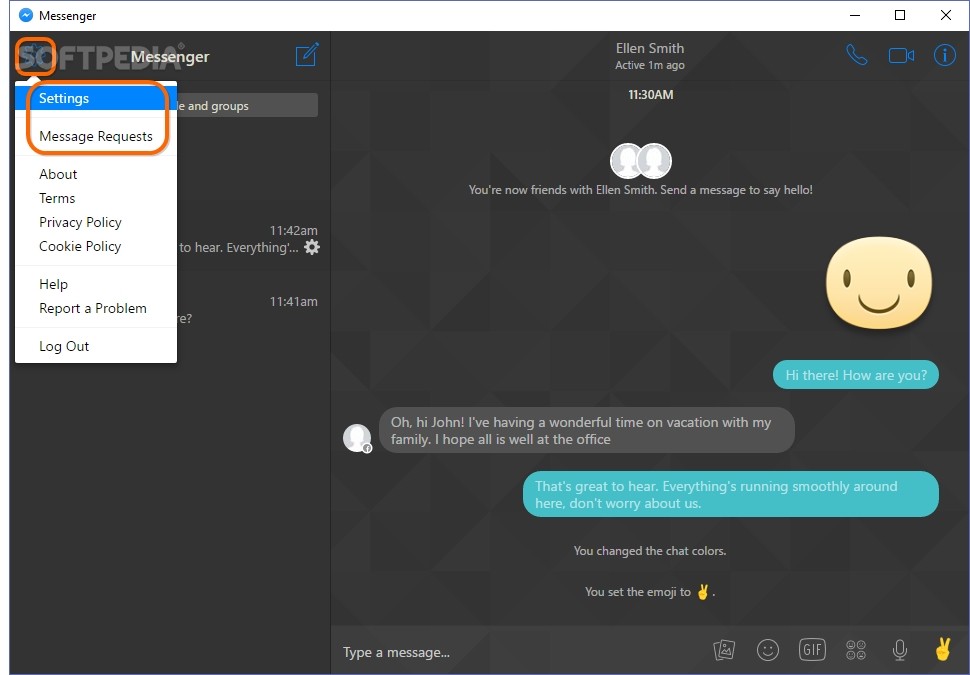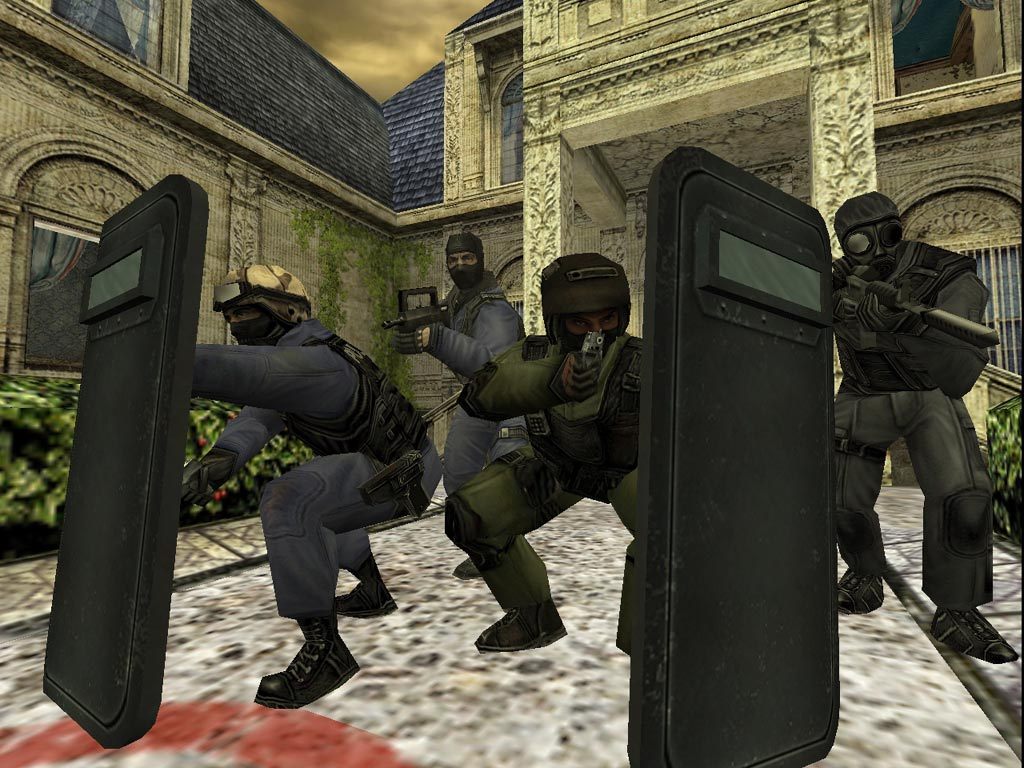- LG Software, Firmware, & Drivers Download: Optimize your LG devices by downloading the latest drivers and firmware updates. Keep your LG products up-to-date.
- Install the graphic drivers for your Intel chipset based hardware. Enter to Search. My Profile Logout.
- Jan 30, 2020 The graphics drivers are built into the Mac operating system; updating to the latest OS release will install the latest drivers. Related Products This article applies to 85 products.
- Description Type OS Version Date; Intel® Graphics - BETA Windows® 10 DCH Drivers. This download installs the Intel® Graphics Beta Driver for 6th, 7th, 8th, 9th, 10th generation, Apollo Lake, Gemini Lake, Amber Lake, Whiskey Lake, Comet Lake, and Lakefield.
The Intel® Driver & Support Assistant keeps your system up-to-date by providing tailored support and hassle-free updates for most of your Intel hardware. View a list of driver & software exclusions. Note: This application is supported on Microsoft Windows 7, Windows 8, Windows 8.1, and Windows® 10 using Chrome, Firefox, or Edge. (version 44.
Note:
If you are logged in as a Guest or Standard User, Windows will not permit you to install the driver. Some organizations do not allow users to regulate what they install and how they can manipulate the system and application settings. You may need to contact your system admin for assistance with installing the driver in that situation.
Create a backup of your boot volume. For more information, see How to: Create a system image in Windows 10.

Quit all Adobe applications currently running on your desktop.
Click here to download the driver version: 27.20.100.8476 qualified by Adobe as a baseline driver.
Note:
Adobe recommends that the driver version should be 27.20.100.8476 or above.
For most users, a manual installation process is required. This involves uninstalling the drivers provided by your PC manufacturer before installing the drivers provided here. Adobe strongly recommends that you back up your system first. You can find Intel's instructions on installing the drivers manually here.
If you already have the generic Intel driver installed, continue following the directions below to update the generic driver.
Double click the unzipped driver file (file name: igxpin.exe).
Click Yes when prompted for permission from User Account Control.
Follow the instructions in the installation screen.
After the drivers are installed, click OK, and then click Next to restart your computer.
Reboot your machine even if the setup does not prompt you to do so.
To verify your driver installation was successful:
Open Device Manager. For Windows 10, right-click the Windows Start icon or open Start menu and search for Device Manager. Go to Display Adapters section.
Double-click the installed Display Adapter in Device Manager.
Verify the Driver Version and Driver Date fields are correct.
Verifying the driver version and driver date (screenshot to be updated)
You may sometimes see the following error messages while installing this driver.
Error: The driver being installed is not validated for this computer. Obtain the appropriate driver from the computer's manufacturer. Setup will exit.
Or

Error: This driver could not be installed on this computer. Contact the computer's manufacturer for further information.
Your computer manufacturer customizes drivers that run Intel® components on your machine. In this case the OEM’s have a specific customized driver version and they should only be installed if you need something specific for your system. Windows update might be a good idea, but Windows has a feature called device installation settings, which will automatically download manufacturers’ apps and custom icons for our devices, this feature depends on Windows Update feature, it’s enabled by default. So, when we update system, devices’ drivers will be updated at the same time, the effect is equal to install driver from manufacturer website. Although it can take some time until manufacturers publish their latest driver updates in Windows Update.
There might be a scenario where Windows Update restores an older OEM driver version over the newly installed driver. If you want a specific driver(s), disable Automatic Driver Downloads on Windows 10 using the following steps:
Caution:
Disabling Automatic Driver Downloads immediately stops all OEM updates to download and install automatically as part of Windows Update. This can affect performance, stability and security outside of the Adobe application, in other ways.

How to Change Device Installation Settings in Windows 10

Click on the Start button and search for Control Panel.
In Control panel go to All Control Panel Items or System.
Click Advanced system settings situated on the left under Control Panel Home.
Open Hardware tab and click Device Installation Settings.
Select No (Your device might not work as expected) and click on Save Changes.
More like this
When you install Microsoft Windows on your Mac, Boot Camp Assistant automatically opens the Boot Camp installer, which installs the latest Windows support software (drivers). If that doesn't happen, or you experience any of the following issues while using Windows on your Mac, follow the steps in this article.
- Your Apple mouse, trackpad, or keyboard isn't working in Windows.
Force Touch isn't designed to work in Windows. - You don't hear audio from the built-in speakers of your Mac in Windows.
- The built-in microphone or camera of your Mac isn't recognized in Windows.
- One or more screen resolutions are unavailable for your display in Windows.
- You can't adjust the brightness of your built-in display in Windows.
- You have issues with Bluetooth or Wi-Fi in Windows.
- You get an alert that Apple Software Update has stopped working.
- You get a message that your PC has a driver or service that isn't ready for this version of Windows.
- Your Mac starts up to a black or blue screen after you install Windows.

Intel Video Drivers For Macbook Pro
If your Mac has an AMD video card and is having graphics issues in Windows, you might need to update your AMD graphics drivers instead.
Install the latest macOS updates
Before proceeding, install the latest macOS updates, which can include updates to Boot Camp.
Format a USB flash drive
To install the latest Windows support software, you need a 16GB or larger USB flash drive formatted as MS-DOS (FAT).
- Start your Mac from macOS.
- Plug the USB flash drive into your Mac.
- Open Disk Utility, which is in the Utilities folder of your Applications folder.
- Choose View > Show All Devices from the menu bar.
- From the sidebar in Disk Utility, select your USB flash drive. (Select the drive name, not the volume name beneath it.)
- Click the Erase button or tab.
- Choose MS-DOS (FAT) as the format and Master Boot Record as the scheme.
- Click Erase to format the drive. When done, quit Disk Utility.
Download the Windows support software
After preparing your USB flash drive, complete these steps:
- Make sure that your Mac is connected to the Internet.
- Open Boot Camp Assistant, which is in the Utilities folder of your Applications folder.
- From the menu bar at the top of your screen, choose Action > Download Windows Support Software, then choose your USB flash drive as the save destination. When the download completes, quit Boot Camp Assistant.
Learn what to do if you can't download or save the Windows support software.
Intel Video Drivers For Mac Os
Install the Windows support software
After downloading the Windows support software to your flash drive, follow these steps to install the software. (If you're attempting to resolve issues with a Bluetooth mouse or keyboard, it might be easier to use a USB mouse or keyboard until these steps are complete.)
- Make sure that the USB flash drive is plugged into your Mac.
- Start up your Mac in Windows.
- From File Explorer, open the USB flash drive, then open Setup or setup.exe, which is in the WindowsSupport folder or BootCamp folder. When you're asked to allow Boot Camp to make changes to your device, click Yes.
- Click Repair to begin installation. If you get an alert that the software hasn't passed Windows Logo testing, click Continue Anyway.
- After installation completes, click Finish, then click Yes when you're asked to restart your Mac.
Learn more
If you can't download or save the Windows support software:
- If the assistant says that the Windows support software could not be saved to the selected drive, or that the USB flash drive can't be used, make sure that your USB flash drive has a storage capacity of at least 16GB and is formatted correctly.
- If the assistant doesn't see your USB flash drive, click Go Back and make sure that the drive is connected directly to the USB port on your Mac—not to a display, hub, or keyboard. Disconnect and reconnect the drive, then click Continue.
- If the assistant says that it can't download the software because of a network problem, make sure that your Mac is connected to the Internet.
- Make sure that your Mac meets the system requirements to install Windows using Boot Camp.
If a Mac feature still doesn't work after updating the Windows support software, search for your symptom on the Apple support website or Microsoft support website. Some features of your Mac aren't designed to work in Windows.
